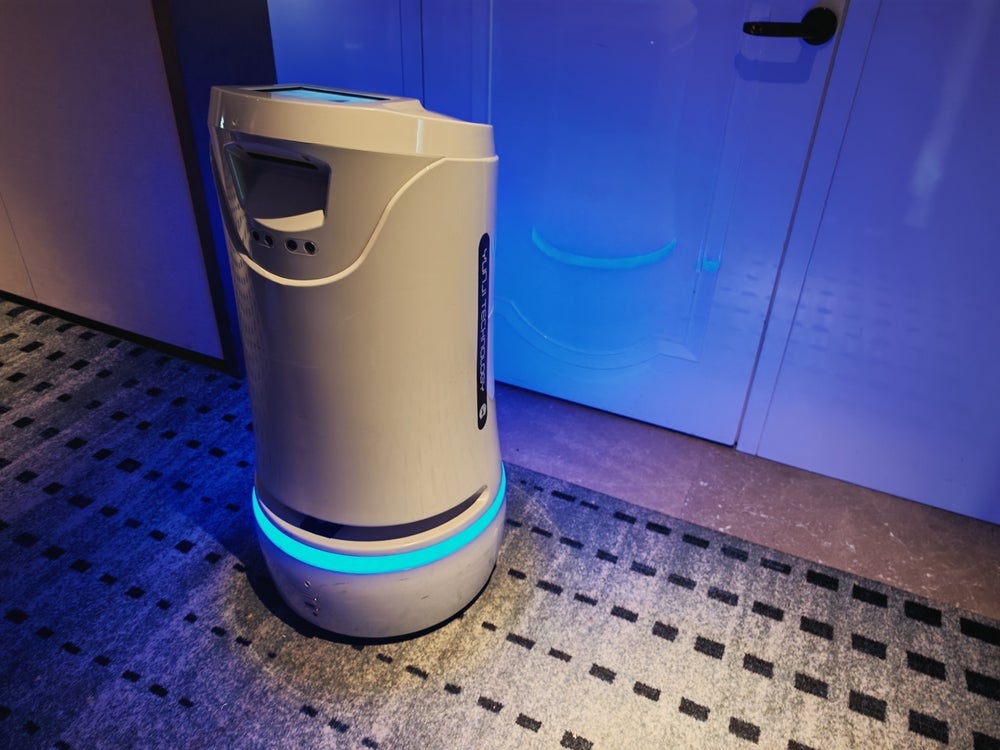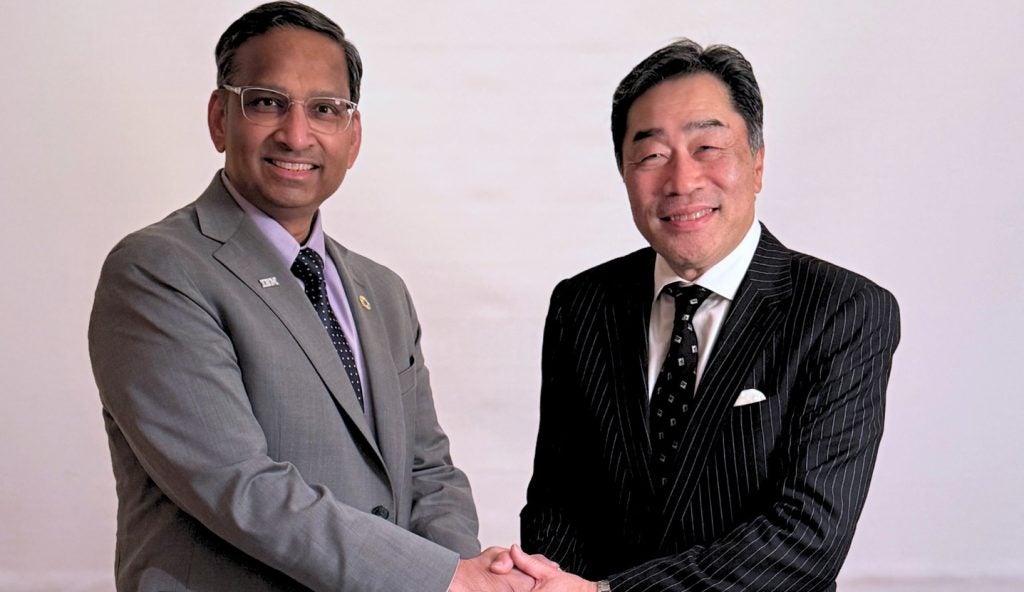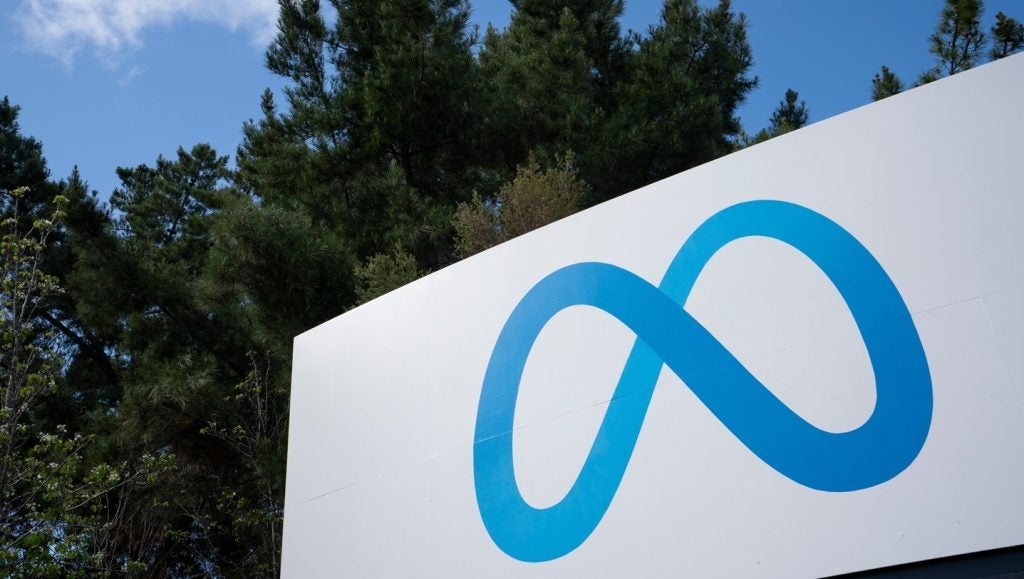In all sectors of travel and tourism staff shortages have become increasingly significant, particularly following the pandemic, which saw many skilled workers leave the sector.
Many low-level roles are difficult to fill as they come with myriad challenges such as a poor work-life balance, financial instability, and a lack of overall career progression. As a result, these roles have high turnover rates and companies have struggled to attract new applicants.
However, Global Data’s Future of Work in Travel and Tourism report describes how automation technologies may be able to alleviate staff shortage issues by enhancing operational efficiency and improving recruitment and training processes.
Robotics can help tackle staff shortages
Robotics can help tackle staff shortages by performing tasks that would otherwise require human labour, ensuring that operations can continue smoothly despite staff shortages. For instance, robots can handle check-in processes, room service deliveries, and assist with baggage handling.
Autonomous vehicles (AVs) could also alleviate staff shortages thanks to their ability to navigate, park, and transport passengers without human drivers. These features will allow businesses, particularly in the chauffeur-driven car services sector, to reduce their reliance on human labor, thereby reducing costs.
Successfully implementing automation in the travel and tourism sector has its challenges. For example, automation increases the need for cybersecurity. AVs generate and process large volumes of data, making them attractive targets for cybercriminals.
Similarly, robots’ reliance on internet connectivity makes them vulnerable to hacking attempts, potentially resulting in unauthorised access to critical applications and systems, as well as the loss, theft, or destruction of sensitive information. Unfortunately, the sophistication of these attacks is increasing, exacerbating the burden on cybersecurity teams.
Regulations an issue
In addition to this, using AVs will require companies to navigate complex regulations that vary by region. Complying with these regulations is both time-consuming and costly. To ensure successful implementation, travel companies must take preemptive measures to understand these frameworks.
Public acceptance is crucial for the broad adoption of automation. For example, building trust in AVs will require extensive public education and positive user experiences. While there have been mixed reactions to the presence of robots in hospitality, many guests appreciate the innovation and efficiency that robots bring. However, businesses must strike a balance between robotic and human interactions to avoid alienating those customers who prefer personal service.
Significant infrastructure investment is required before automation can be adopted on a wide scale. For example, AVs require dedicated lanes, charging stations, and advanced traffic management systems. Additionally, the need for continuous updates and maintenance of robotic systems can strain resources.








